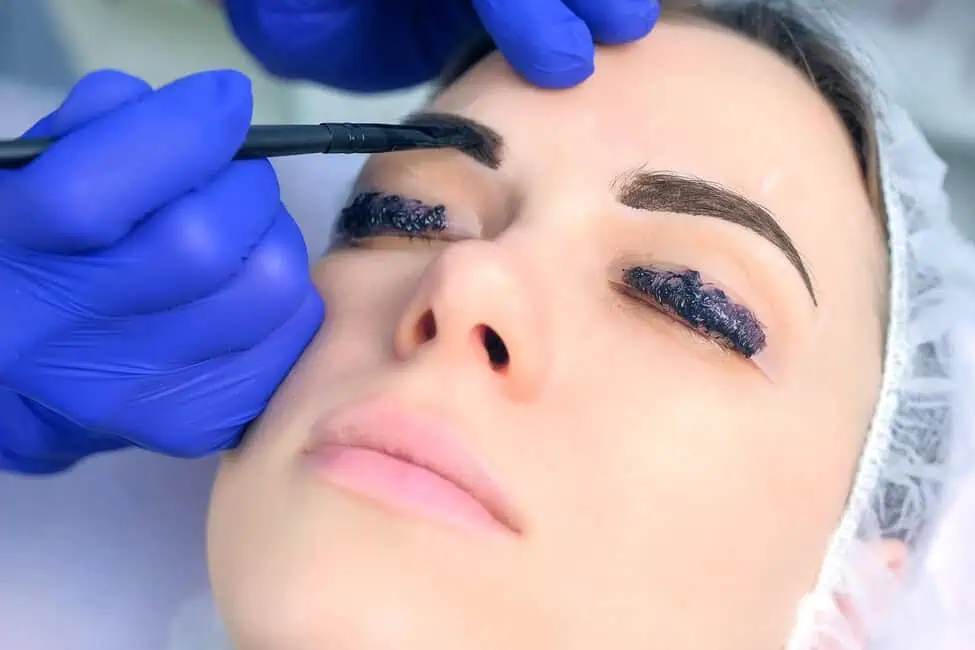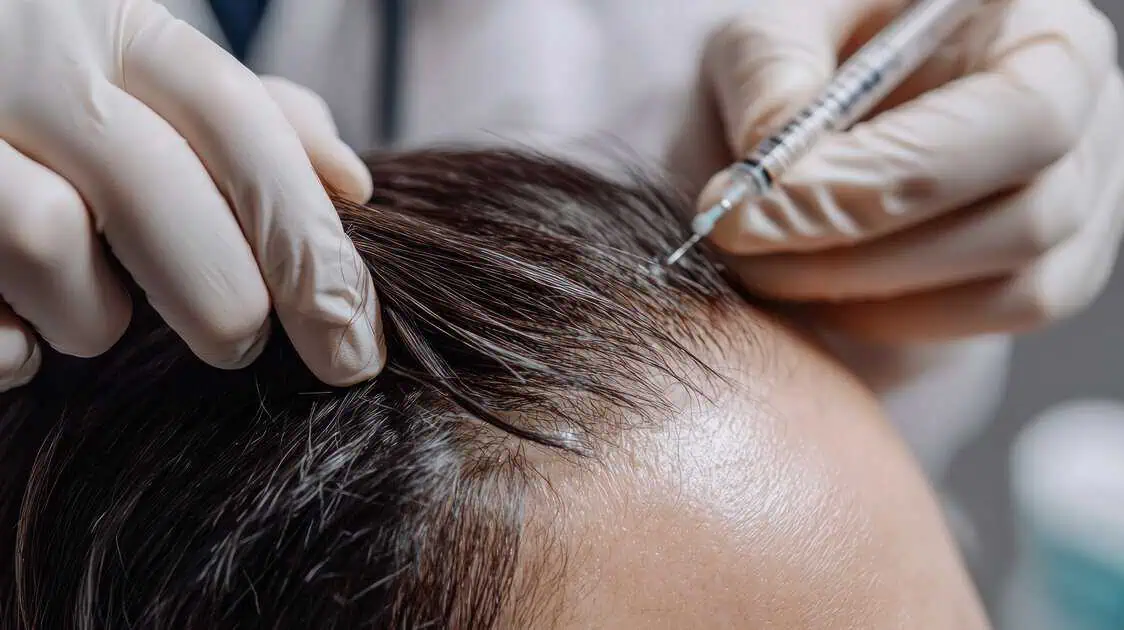The beauty industry is constantly evolving, and fillers have emerged as a popular cosmetic treatment in recent years. With many options available, from hyaluronic acid fillers to autologous fat fillers, it can be overwhelming to comprehend which one is right for you. The science behind fillers can be quite complex, making deciphering the potential risks and benefits difficult. It’s noteworthy to know what you’re getting into before you go under the needle, so let’s dive into the world of fillers and explore what you should know to make an advised decision.
So, What Are Dermal Fillers?
When it comes to achieving a youthful appearance, several cosmetic treatments are available. One option that has gained significant popularity in recent years is dermal fillers.
But what are they, exactly? Put simply, dermal fillers are a type of injectable treatment that can help to add volume to areas of the face and reduce the appearance of fine lines and wrinkles. The procedure involves injecting a gel-like substance beneath the skin, which can help to lift and plump the targeted area. The type of filler used can vary depending on your needs and goals.
Hyaluronic acid fillers, for example, are popular due to their ability to attract and retain moisture. In contrast, autologous fat fillers involve using fat from your body to add volume. It’s important to remember that while fillers can effectively enhance your appearance, they are not a permanent solution, and you will likely need to repeat the procedure to maintain results.
Different Fillers, Different Results
When it comes to dermal fillers, not all products are created equal. Various fillers are available on the market, each with its distinctive set of properties and benefits.
- Hyaluronic acid (HA) fillers attract and retain water in the skin, creating a plumper, more hydrated appearance. They can add volume to the cheeks, lips, and nasolabial folds.
- Calcium hydroxylapatite (CaHA) fillers stimulate the body’s natural collagen production. They can treat deeper wrinkles and folds and add volume to the cheeks.
- Polylactic acid (PLA) fillers stimulate collagen production over time. They can treat wrinkles and fine lines and add volume to the cheeks and temples.
Note that each type of filler can have unique risks and side effects, and the specific fill recommended for you will depend on various factors, including your needs and goals. Choosing the suitable filler and injector can make all the distinctions in achieving your desired results.
The Science Behind Of Fillers
We first need to understand the underlying science to understand how fillers work. At their core, fillers are made up of different substances that work to add volume to the skin.
One of the most common types of fillers is hyaluronic acid (HA), a naturally occurring molecule in the body that supports hydrating and plumping skin. When HA fillers are injected into the skin, they attract and bind to water molecules, creating a plumper, more youthful appearance.
Another filler is made from calcium hydroxylapatite (CaHA), a mineral compound that stimulates the body’s natural collagen production. Collagen is a protein that provides structure and support to the skin, and as we age, our collagen levels decrease, leading to wrinkles and sagging. By stimulating collagen production, CaHA fillers can help to rekindle a more youthful appearance to the skin.
Poly-L-lactic acid (PLLA) is another type of filler that works by stimulating collagen production over time. Unlike other fillers, which provide immediate results, PLLA works gradually, with results appearing over several weeks to months. The gradual nature of the treatment can be a benefit for those who are looking for a more natural-looking result.
Dermal Filler Procedure
The exact steps may vary slightly depending on the injector and the type of filler being used, but the overall process typically follows a similar pattern.
Step 1: Consultation
The first step in the dermal filler process is a consultation with the injector. During this consultation, the injector will assess your skin type and concerns and discuss the best treatment plan to achieve your desired outcome. They may also go over any potential treatment risks or side effects.
Step 2: Preparation
Once you have decided to move forward with the procedure, the injector will typically clean the treatment area and may apply a numbing cream to minimize discomfort. They may also mark the injection sites to ensure precise filler placement.
Step 3: Injection
The filler will then be injected into the targeted areas using a small needle or cannula. The number of injections will count on the specific treatment area and the filler needed to achieve the desired result. The injector may pause periodically to check the results and make necessary adjustments.
Step 4: Post-Injection Care
After the injections are complete, the injector may massage the treated area to ensure the filler is evenly distributed and to minimize the risk of lumps or bumps. They may also provide aftercare instructions, such as avoiding excessive sun exposure and minimizing strenuous activity for the first 24-48 hours after treatment.
Step 5: Follow-Up
Finally, the injector may schedule a follow-up appointment to assess the results and determine if additional treatments are needed to achieve the desired outcome. Regular upkeep treatments may be required to maintain the results over time.
Dermal Fillers Are Not Permanent
Dermal fillers are not permanent. While they can provide immediate results that last for several months, the body gradually metabolizes the filler over time, losing progressive volume in the treated areas.
The exact duration of results will depend on several factors, including the type of filler used, the treatment area, and the individual’s metabolism. Most fillers last between 6-18 months, although some may last longer or shorter than this, depending on the specific formulation.
Takeaway
Suppose you’re considering a dermal filler treatment to address concerns such as wrinkles, fine lines, or loss of volume in the face. In that case, working with an experienced injector and understanding the process involved is essential. By educating yourself on the different types of fillers, the science behind the procedure, and the step-by-step process involved, you can decide whether dermal fillers are the right choice for you.
So if you’re ready to take the next step, we encourage you to schedule a consultation with an experienced injector to discuss your concerns and goals. You can achieve your desired youthful, radiant appearance with the right approach and devotion to regular maintenance treatments. Contact Roots Wellness and Med Spa to learn more about our aesthetic services.




